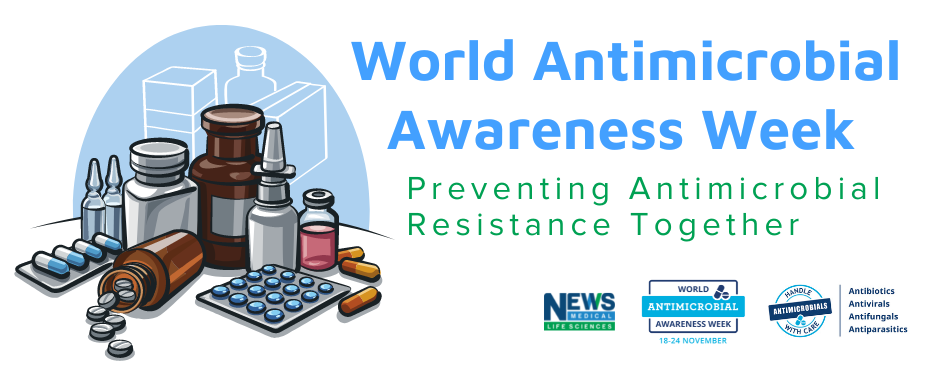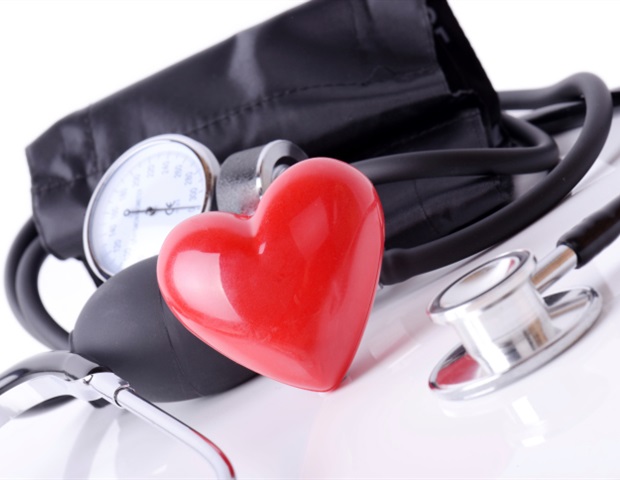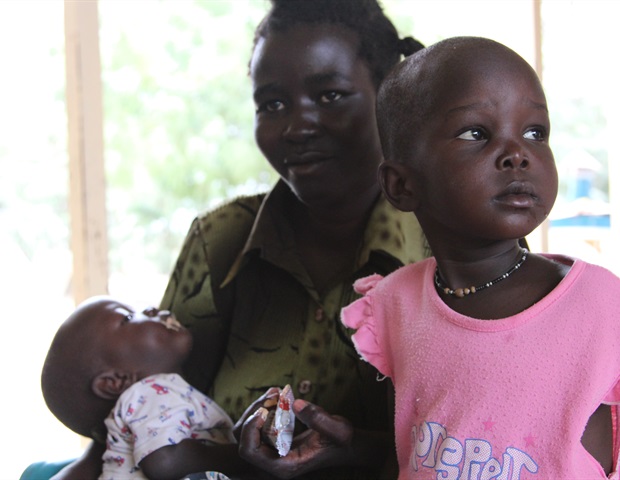As part of World Antimicrobial Awareness Week 2022, we spoke to Coilin Nunan, the Scientific Advisor for the Alliance to Save our Antibiotics, about how antibiotics are used in farming and why the overuse of antibiotics in farming contributes to the problem of antimicrobial resistance.
Please can you introduce yourself and tell us about your professional background as well as your current role at the Alliance to Save our Antibiotics?
My name is Cóilín Nunan, and I’ve worked on various issues related to healthy and sustainable farming and food for many years. During this time, the main issue that I have focused on has been the overuse of antibiotics in farming. For many years I worked for the Soil Association, which is a leading certifier of organic farming in the UK, and I worked on their campaign against the abuse of antibiotics in farming.
Subsequently, about ten years ago, the Soil Association decided to expand the scope of its campaign and to get greater involvement of the medical community. Together with Compassion in World Farming and Sustain, it founded the Alliance to Save our Antibiotics, which now has 67 member organizations that support the goals of the Alliance. I work as the scientific advisor for the Alliance to Save our Antibiotics.
Can you tell us a bit about The Alliance to Save Our Antibiotics? What are your principles and aims?
The Alliance aims to achieve more responsible use of antibiotics in farming. We are not a group that campaigns for no use of antibiotics in farming as we accept that there are cases when use is responsible and good for animal welfare. But the Alliance campaigns against all forms of routine farm antibiotic use, particularly the use of antibiotics for purely preventative group treatments.
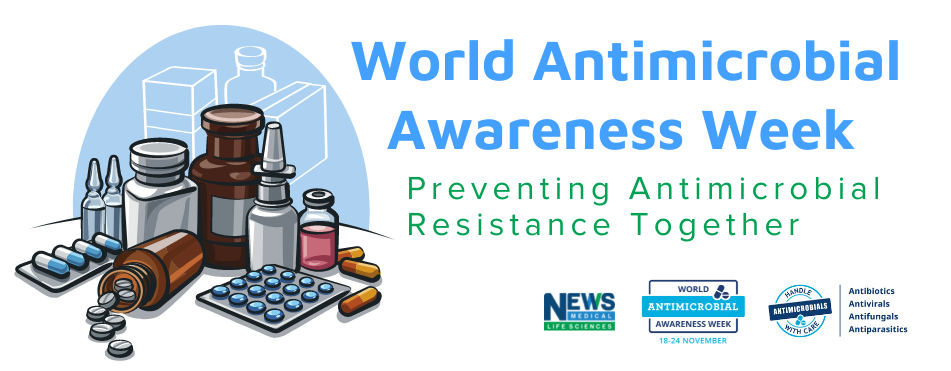
We also campaign for restrictions on the highest-priority critically important antibiotics like fluoroquinolones and the modern cephalosporins and an end to using the last-resort antibiotic, colistin, in farming. But in addition to our focus on improving the regulation of antibiotic use in farming, we very much campaign for improvements in animal husbandry and animal health and welfare to help ensure that animals do not routinely become ill and therefore do not, as a general rule, need medical treatment including a particular antibiotic use.
What do we currently know about the state of antimicrobial resistance, and how is antimicrobial resistance predicted to change over the next few decades?
Currently, the estimates are that, in the human population, in 2019, 4.95 million people died of an antibiotic-resistant infection and that in 1.27 million of these cases, antibiotic resistance was the cause of the death. Antibiotic resistance is already a massive global problem, and a review commissioned by the UK government published a few years ago, called the Review on Antimicrobial Resistance or the O’Neill Review, forecast that, unless action was taken, by 2050, 10 million people a year would be dying from antibiotic resistance.
In both human medicine and farming, we know that the levels of antibiotic resistance are very much related to antibiotic use. We have clear evidence that countries with high levels of antibiotic use in farm animals have much higher levels of antibiotic resistance. In contrast, those countries with the lowest levels of use can have vastly lower levels of antibiotic resistance.
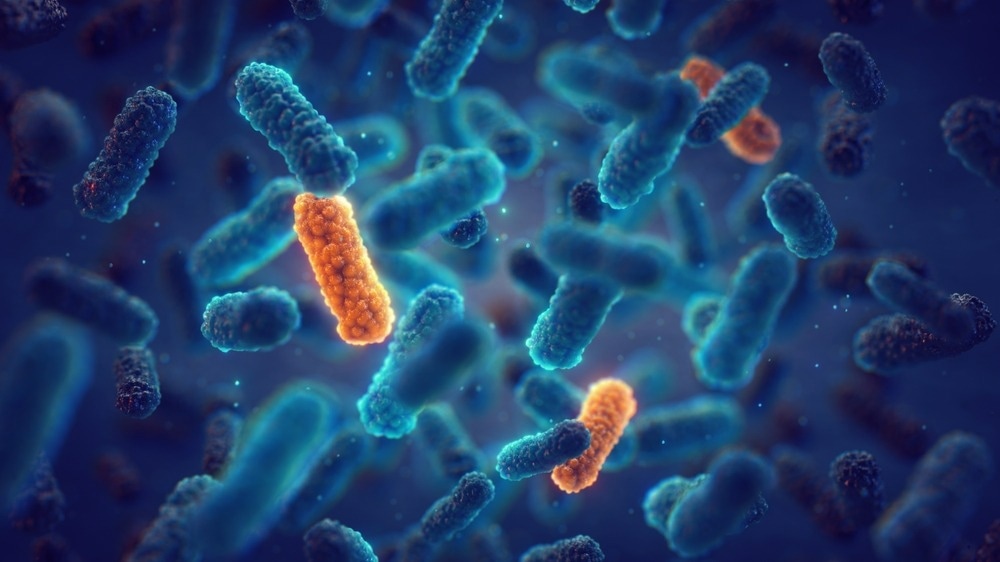
Image Credit: nobeastsofierce/Shutterstock
In fact, in some European countries, such as Norway or Sweden, antibiotic resistance in farm animals is a minor problem compared to the rest of the continent. We know that reducing antibiotic use can also reduce antibiotic resistance in some cases. We have examples of this happening.
While antibiotic resistance is already a massive problem, the global projections are that farm antibiotic use will keep increasing. Therefore, antibiotic resistance from farming will keep increasing; we know it is possible to tackle this problem by tackling the excessive use of antibiotics.
Worldwide it is estimated that 66% of all antibiotics are used in farm animals, not people. How are antibiotics used in farming, and why is the overuse of antibiotics in farming a problem?
Antibiotics globally are used in four different ways in farming. Firstly, as growth promoters. They affect the gut bacteria in the animals in a way that makes them put weight on faster. Secondly, they can be used for purely preventative mass medication, which is very similar to growth promotion, except that you need a veterinary prescription. Then they can be used, what is called metaphylatically. So these are group treatments where there is an infection in some of the animals, but not in all of the animals, but all of the animals get treated to prevent the infection from spreading. Finally, they are used therapeutically in individual sick animals.
The use of antibiotics as growth promoters is gradually being phased out worldwide. It is banned in the EU. It is banned in the UK, but more than 40 countries continue to use antibiotic growth promoters worldwide.
But ending antibiotic growth promotion does not necessarily reduce farm antibiotic use if antibiotics continue to be permitted for routine preventative use. Very often, countries will allow the same antibiotics they have banned as a growth promoter to be used at sometimes exactly the same dose for as long as the farmer or the vet wants to use it. So all that has changed in those cases is the label. The actual usage can remain the same.
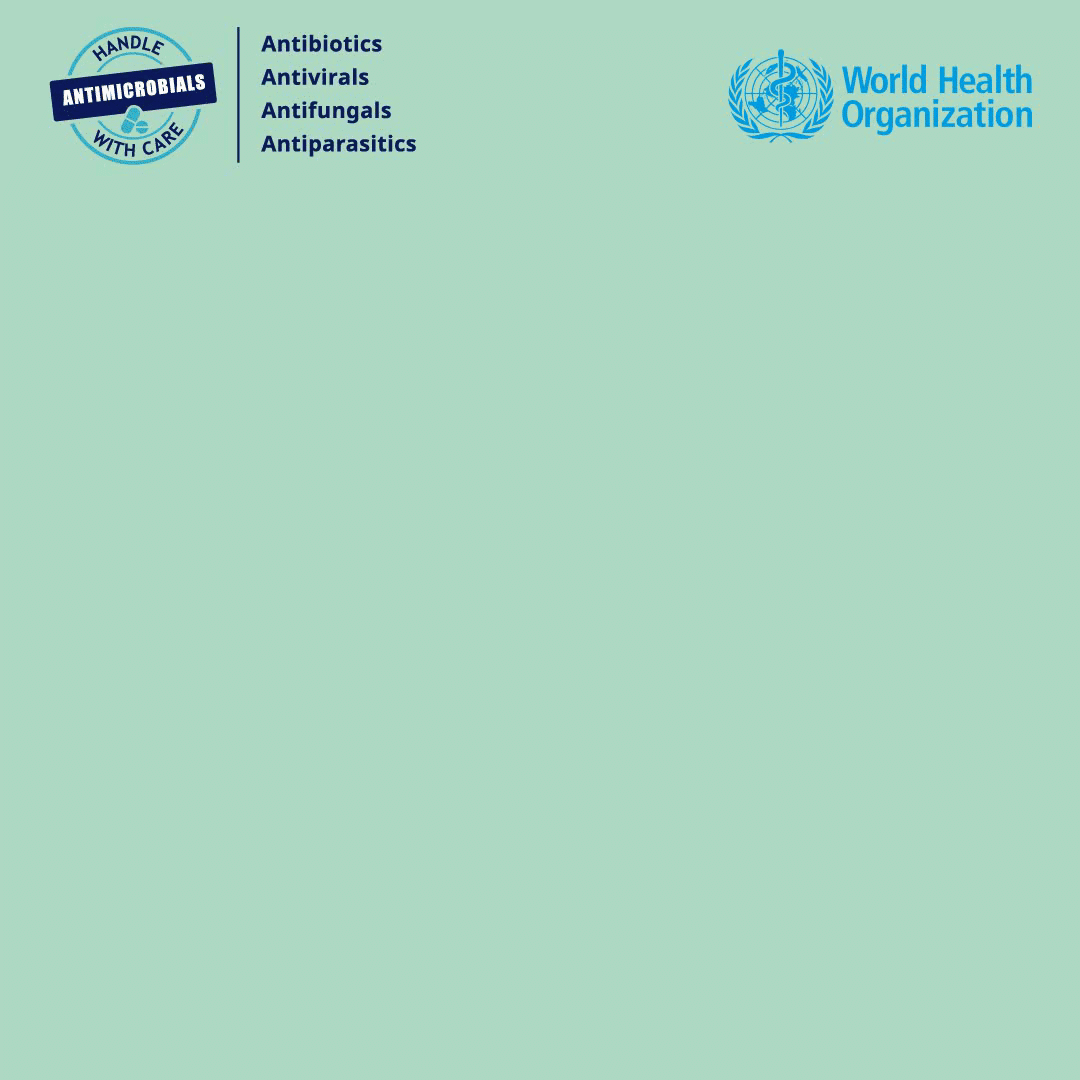
Image Credit: The World Health Organization
What is needed is to end all forms of routine antibiotic use, including purely preventative mass medication. The EU has done this at the beginning of this year. On the 28th of January, the EU banned all forms of routine antibiotic use and purely preventative group treatments. Still, most countries worldwide, including the UK, have not done this, and this is a major area where we campaign.
In most countries, including the UK, most antibiotic use is for group treatments or mass medication rather than for treating individual animals. The reason for this is that the animals are kept in such intensive conditions with poor hygiene that this kind of mass medication with antibiotics is often needed. This use of antibiotics can increase productivity by making the animals grow faster and enabling the farmer to push the animals harder and harder.
For instance, breeds of chicken are bred to grow faster and faster. These days, an intensively farmed chicken will reach slaughter age when they’re just five weeks of age, whereas, in the 1950s, it took them four months to get to the same weight. This rapid growth causes health problems, which are controlled with higher levels of antibiotic use.
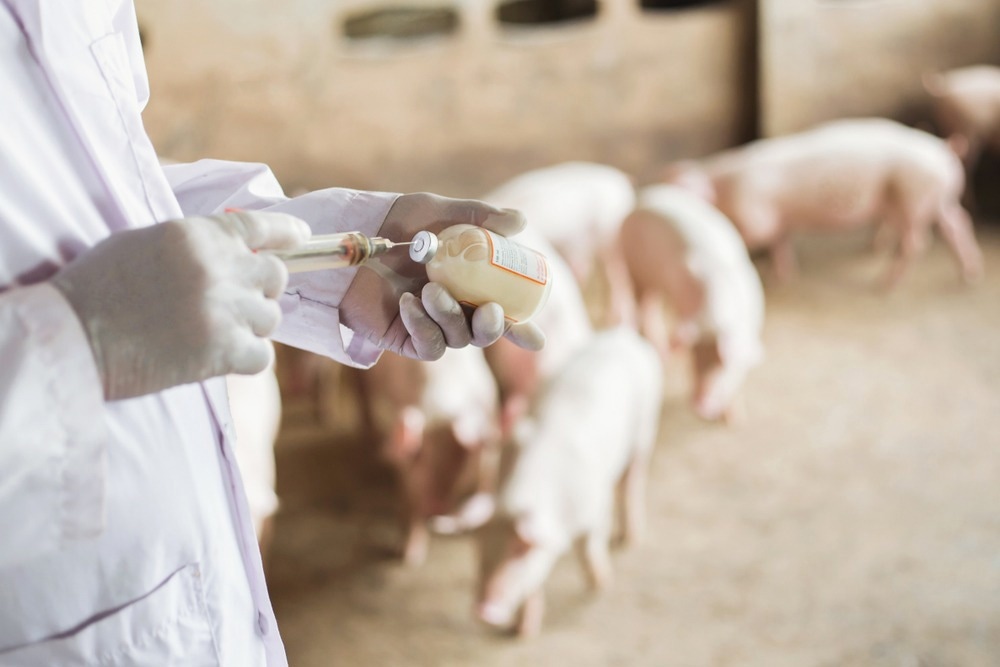
Image Credit: Thammachak Sotiya/Shutterstock
Similarly, piglets are weaned very early and develop diarrhea problems. Still, they are often fed antibiotics to control this, enabling the farmer to get the sow pregnant rapidly. Dairy cows now produce more than three times as much milk per cow as they did in the pre-antibiotic era. This causes a lot more mastitis, and their abnormally large udders mean they struggle to stand straight, which causes foot problems controlled by antibiotics.
In many ways, antibiotics are used as a productivity tool in farming, and this is what we oppose. We believe that better husbandry should help to reduce antibiotic use.
What impact is antimicrobial resistance in farming having on the human population?
Excessive use of antibiotics in farming leads to antibiotic resistance in bacteria in farm animals. Even though this is a controversial issue, we know that some of these resistant bacteria can transfer to humans through the food chain and cause antibiotic-resistant infections. Now, most antibiotic resistance in humans is caused by the human use of antibiotics. Still, we know that, for certain infections in humans, most of the resistance comes from farm use, and then there are infections where it’s a bit of both.
The question, “How much resistance comes from farm animals and results in resistant infections in humans?” is generally considered too difficult to answer precisely. Still, we know it contributes, and we know that reducing antibiotic use in farm animals contributes to lower levels of resistance in humans.
What impact is antimicrobial resistance having on wildlife and the environment?
Up to maybe 80% of antibiotics taken orally can be excreted in an active form, so when slurry is spread on land, a lot of antibiotic residues and antibiotic-resistant bacteria can make their way into the environment. Many antibiotic-resistance genes have been present in the environment for millions of years. Still, we also have clear evidence that antibiotic use in humans and in farm animals contributes to higher levels of resistance in the environment.
The resistance probably doesn’t directly affect wildlife because they aren’t fed antibiotics. They aren’t treated with antibiotics, but the spread of resistance through the environment and back into the clinic is an issue considered a potentially significant source of antibiotic resistance.
We still don’t know enough about how much this happens, but it is widely understood to be occurring. Also, some antibiotics are toxic, and some of the most widely used antibiotics in farming may have toxic effects when large quantities are released into the environment.
The specific theme of World Antimicrobial Awareness Week (WAAW) 2022 is ‘Preventing antimicrobial resistance together.’ What does this theme mean to you personally, and how do you believe we can take steps toward this goal?
I agree that everybody can take action. We can take action personally by not putting pressure on doctors to over-prescribe antibiotics. We can also take action through our diets. In the rich world, we tend to eat too much meat and too much dairy, so we can reduce our antibiotic footprint by reducing our meat and dairy consumption. Also, by seeking better quality meat and dairy produced with lower levels of antibiotic use, such as occurs, for instance, in organic or free-range farming, we can reduce it further.
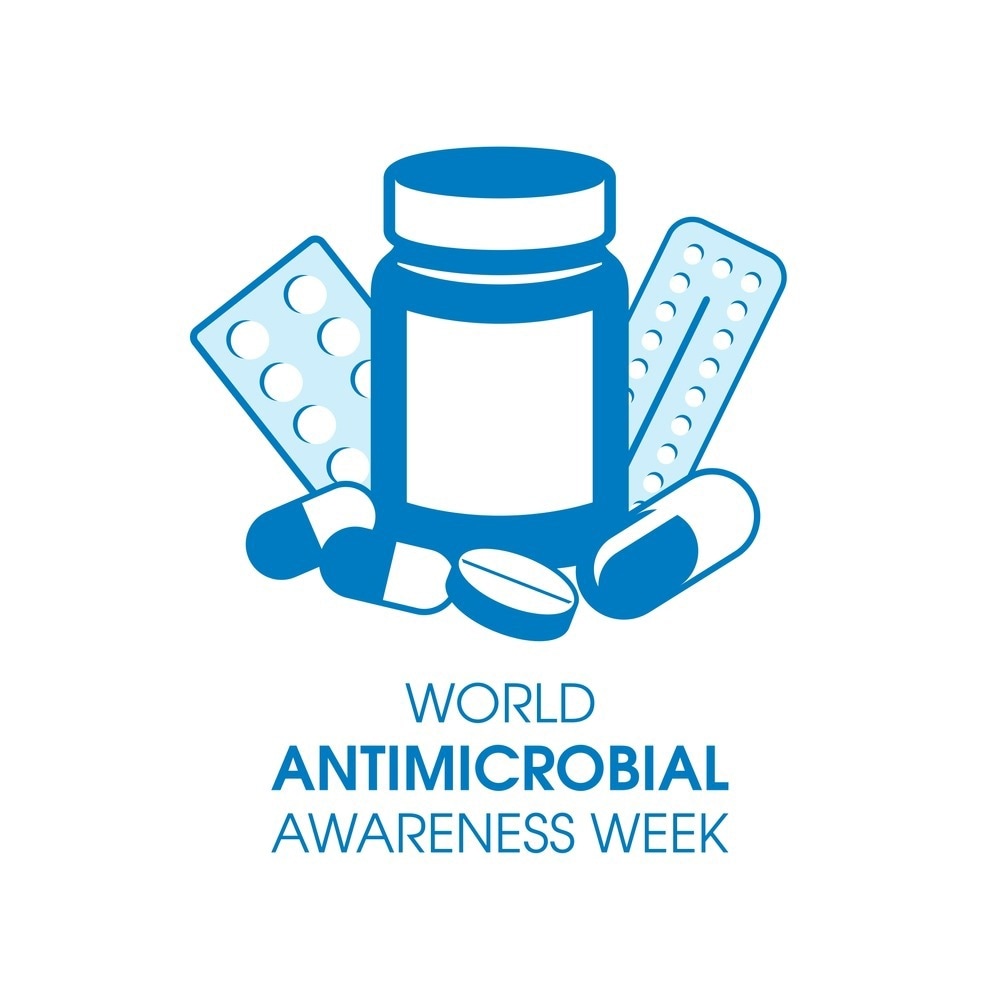
Image Credit: BeataGFX/Shutterstock
That said, I don’t think all the responsibilities should be put on individuals. To really have proper effective action, we need leadership and governments to take action to prohibit certain practices known to be harmful, such as the routine use of antibiotics in many countries for intensive farming. So governments need to be taking action too.
How has the COVID-19 pandemic impacted antimicrobial resistance, and what can the pandemic teach those working within the AR field about dealing with a global health crisis?
One of the interesting aspects of the COVID-19 pandemic was that, certainly initially, there were very high levels of antibiotic use in hospitalized patients because doctors were concerned about secondary bacterial infections. But despite this, overall antibiotic use fell significantly in England in 2020. It was going down anyway, but the fall was significantly larger than in previous years, and part of this is undoubtedly since some of the actions that were taken, such as social distancing, reduced infections in general and therefore reduced the need for antibiotics.
What can we learn about this? Well, we can learn about how diseases generally are transmitted. During the pandemic, we were told to socially distance, and we were told that when we were meeting people, it was preferable to meet outdoors rather than indoors, and I think there’s a lot to be learned about that regarding farming.
In terms of farming, we don’t have social distancing in intensive farming. We have very high densities of animals kept together. A large majority of them are kept entirely indoors where all sorts of transmission is made easier, whether bacterial or viral infections.
The average chicken raised on an intensive farm has less than an A4 sheet of paper in terms of space allowance, and up to maybe 50,000 chickens can be kept in a single shed. Obviously, there’s no social distancing. There’s terrible hygiene, and it’s all indoors. This is ideal for disease transmission.
We need to be moving to a farming system where animals have more access to the outdoors and where they are not kept in nearly as intensive conditions, and this will reduce all sorts of infections, not just bacterial, but things like the kinds of viral infections that we see in farm animals as well, including coronavirus infections.
What are the next steps for you and your work? Do you have any exciting projects coming up?
We are taking a greater interest in the environmental spread of antibiotic resistance, but we are also very much interested in trying to gather better data on antibiotic use, and how husbandry practices can affect antibiotic use. We are trying to encourage data collection by different farm systems because this is an area where we still don’t know enough about the differences between how the animals are raised and the levels of antibiotic use.
We think that governments everywhere should be collecting this data so that we can start to understand, more scientifically and rationally, the link between husbandry and disease and antibiotic use so that all forms of farming can be improved and develop more responsible antibiotic use.
Where can readers find more information?
About Cóilín Nunan
Cóilín is the scientific adviser to the Alliance to Save Our Antibiotics, an alliance of 67 member organizations co-founded by Compassion in World Farming, the Soil Association and Sustain to campaign against the overuse of antibiotics in livestock farming. He has co-authored numerous reports on antibiotic resistance and antibiotic residues that highlight the human-health impact of excessive antibiotic use in intensive livestock farming. The Alliance’s work aims to encourage a move to more responsible use of antibiotics in farming through better regulation, voluntary actions, and improvements in production systems, which would also improve animal health and welfare.
The Alliance’s work aims to encourage a move to more responsible use of antibiotics in farming through better regulation, voluntary actions, and improvements in production systems, which would also improve animal health and welfare.

